
Nissan Pulsar Hatchback (2014-2018) running costs and reliability
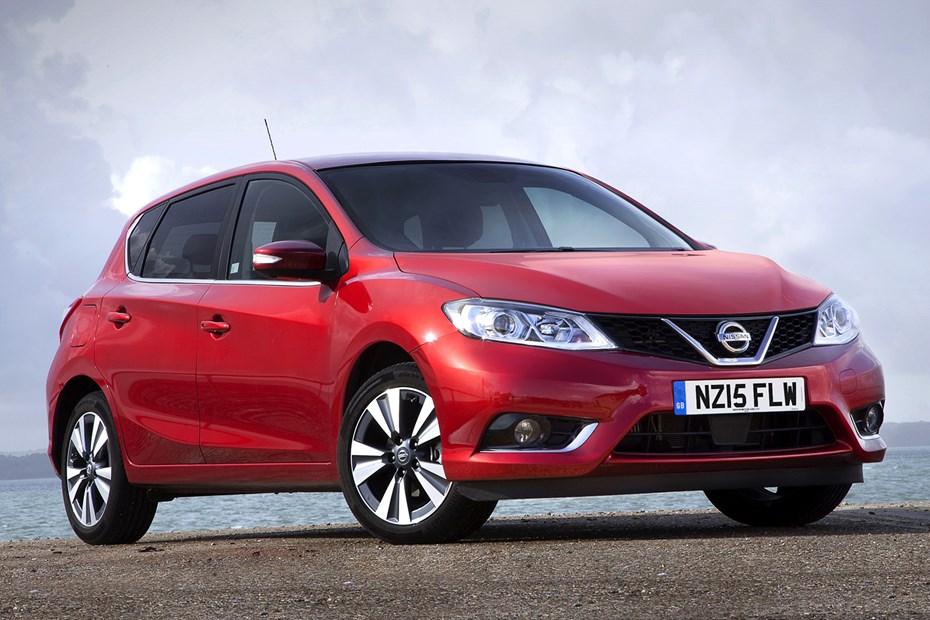
Miles per pound (mpp)
Fuel economy
With its efficient range of low-output petrol and diesel engines, Nissan Pulsar running costs are destined to be low – at least until the 187bhp petrol version arrives in 2015.
Boosting economy figures is stop/start, a standard feature on all Pulsars. Even the least efficient of the launch range, the 1.2-litre DIG-T petrol with Xtronic automatic transmission, has a claimed average of 55.4mpg and CO2 emissions of 119g/km.
Leading the way is the 1.5-litre dCi diesel with its six-speed manual transmission, posting a claim of 78.5mpg with CO2 emissions of just 94g/km.
Although Nissan has expertise with electric vehicles, there are no plans for an electrically-powered Pulsar giving a zero emissions option.
Instead, at 94g/km of CO2 and with standard stop/start across the range, the 1.5-litre dCi is the cleanest model. Worst offending is the 1.2-litre DIG-T with Xtronic automatic transmission at 119g/km.
Although it’s too early to be certain, we expect Nissan Pulsar reliability levels to be high.
Mirroring the changes to the new, British-built Qashqai, the similar, Spanish-assembled Pulsar is well assembled, using high quality components, resulting in fewer warranty claims. It’s worth noting though that despite this fact, Nissan’s three-year warranty is only at the class norm, and significantly shorter than those offered by Hyundai, Kia, Toyota and Vauxhall.
Mechanically there are only minor alterations to make the engines and gearboxes fit into the Pulsar, with both petrol and diesel, manual and Xtronic automatic transmissions covering many thousands of miles in Nissans and Renaults over recent years without significant issues.
Ongoing running costs
| Road tax | £20 - £195 |
|---|---|
| Insurance group | 9 - 18 |
Get an insurance quote with

|
|



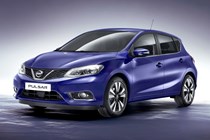

.jpg)
.jpg)
.jpg)
.jpg)
.jpg)
.jpg)
.jpg)
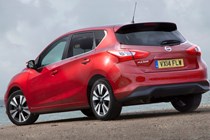
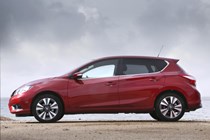
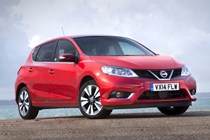
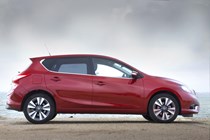
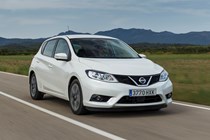
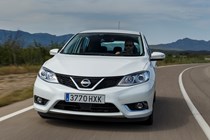
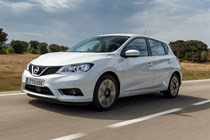
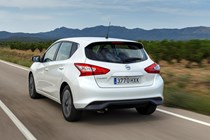
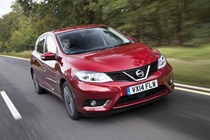
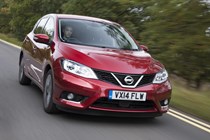


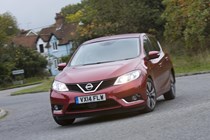

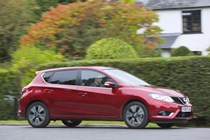
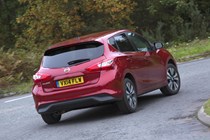
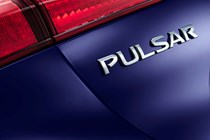
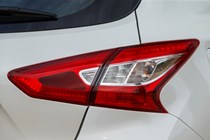
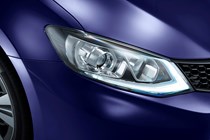
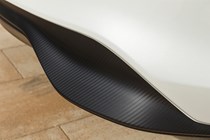
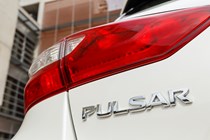
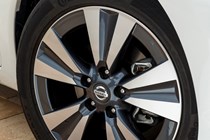
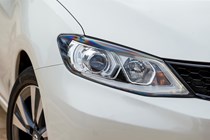
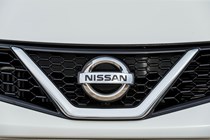
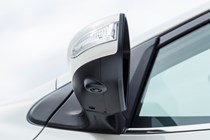
.jpg)
.jpg)
.jpg)
.jpg)
.jpg)
.jpg)
.jpg)
.jpg)
.jpg)
.jpg)
.jpg)
.jpg)

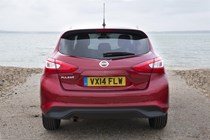
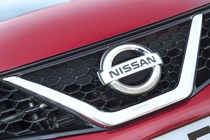
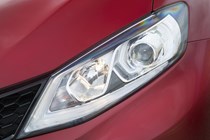
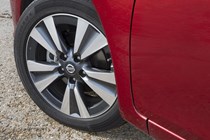
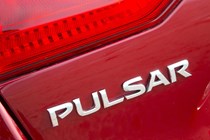
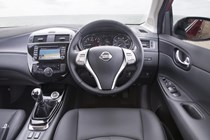
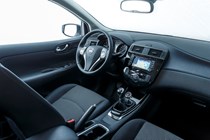
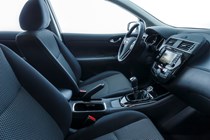
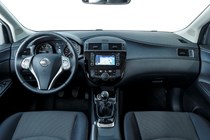
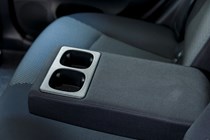
.jpg)
.jpg)
.jpg)
.jpg)
.jpg)
.jpg)
.jpg)
.jpg)
.jpg)
.jpg)
.jpg)
.jpg)
.jpg)
.jpg)
.jpg)
.jpg)
.jpg)
.jpg)
.jpg)
.jpg)
.jpg)
.jpg)
.jpg)
.jpg)


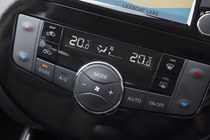
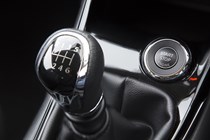
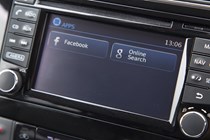
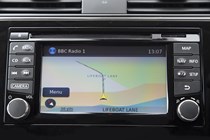
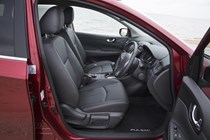

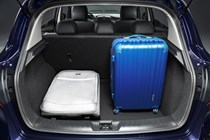
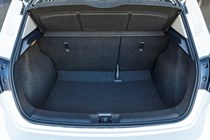


.jpg)
.jpg)
.jpg)
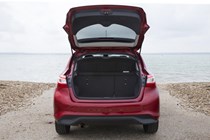
.jpg)
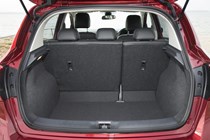
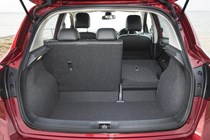
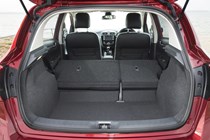
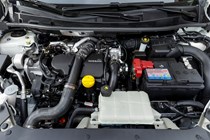
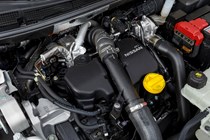
.jpg)
.jpg)
.jpg)
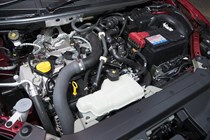
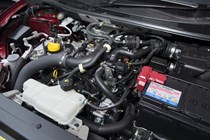



.jpg?quality=50)
.jpg?quality=50)
.jpg?quality=50)
.jpg?quality=50)
.jpg?quality=50)
.jpg?quality=50)
.jpg?quality=50)

























.jpg?quality=50)
.jpg?quality=50)
.jpg?quality=50)
.jpg?quality=50)
.jpg?quality=50)
.jpg?quality=50)
.jpg?quality=50)
.jpg?quality=50)
.jpg?quality=50)
.jpg?quality=50)
.jpg?quality=50)
.jpg?quality=50)











.jpg?quality=50)
.jpg?quality=50)
.jpg?quality=50)
.jpg?quality=50)
.jpg?quality=50)
.jpg?quality=50)
.jpg?quality=50)
.jpg?quality=50)
.jpg?quality=50)
.jpg?quality=50)
.jpg?quality=50)
.jpg?quality=50)
.jpg?quality=50)
.jpg?quality=50)
.jpg?quality=50)
.jpg?quality=50)
.jpg?quality=50)
.jpg?quality=50)
.jpg?quality=50)
.jpg?quality=50)
.jpg?quality=50)
.jpg?quality=50)
.jpg?quality=50)
.jpg?quality=50)












.jpg?quality=50)
.jpg?quality=50)
.jpg?quality=50)

.jpg?quality=50)





.jpg?quality=50)
.jpg?quality=50)
.jpg?quality=50)

